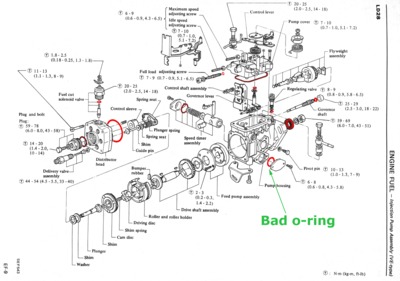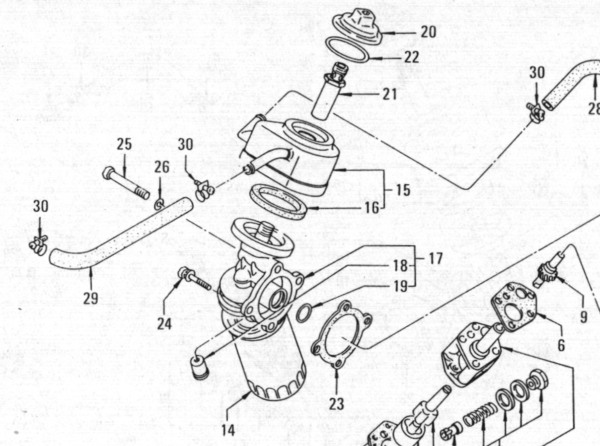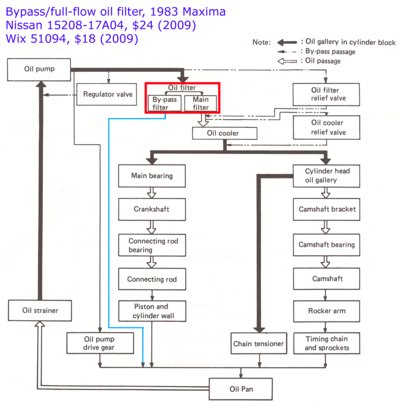G'day all,
Sorry for not posting in a while. Got a new job, got ill, got better, got busy with new job, and so got the Autokraft Bosch folk to do the IP work for me as I simply didn't have the time but had an idle Visa...
So, invoice for the work, NZD921 which includes the following listed work as stated on the invoice:
Clean pump, partially dismantle and inspect components. Pump internal components look clean and in excellent condition. Advise on price to re-seal and bench test pump and service injectors. Reassemble pump using new seals and o-rings throughout. Mount pump to bench test, test, and adjust to Zexel test specifications. Remove from bench, pressure test and seal adjustments.
Dismanle injectors, clean, and inspect components. Polich nozzles and needles. Reassemble all componenets, re-test and set opening pressures to specification. Supply required washers.
The price included the sales tax of 12.5%. I had a quote from them for the injectors at NZD350 so that puts the work on the IP at NZD571. Current exchange rate between NZD and USD indicates NZD1 buys USD0.57 so that gives it some relativity for you guys.
Status of the work so far goes something like this (remember this is in a 110 Landrover not a car -
http://nissandiesel.dyndns.org/viewtopic.php?t=2013).
Cleared the radiator and all other bits and pieces away from IP so I could remove for reseal.
Got busy with a new job (was made redundant in Sept 08 started new job in Late Jan 09) so no progress for a couple of weeks. Got ill with flu so still no work by me on IP. Got tired of looking at landrover sitting doing nothing so bit the bullet (Visa) and took it to the shop for the work as above.
While at the shop (for 8 days [includes the weekend and communication re the work to be done and discussion on final price etc]) I figured I had time to pull the engine out (was halfway there with clearance for IP anyway) to check where an oil leak was coming from between engine and gearbox. Turned out it was exactly where I figured. However, what I hadn't figured on was the sight of the spigot bush loose (

) and rattling around on the end of the input shaft (

). Thus I had the reason for the oil leak as the input shaft moved on an out of centre wobble for many kilometres!
At this stage I must indicate I did take photos but the xD card on the camera malfunctioned spectacularly and I lost many photos I had not downloaded to the HDD

Anyhow, a quick (off-topic) photo for interest. This is the spigot bush. This bush was pressed into the LD28 flywheel because the input shaft of the landrover was too short to reach the crank and if it had, it would've been too fat to fit and being case hardened would not have taken kindly to machining.

So, anyway, I now had the engine out and a defunct gearbox. I figured I'd take the gearbox out and find the splines causing all the backlash... Thats a whole 'nother story and I'd rather not relive the 'mares from that exploration and the ensuing bills.
Back on topic.... IP is installed (See notes
here for timing mark issues I had), injectors are installed...

Work on the IP was very tidy and as I have not yet run it, still to be finally run-tested.
Work remaining to be done on the engine - replace sump with a slightly modified one to avoid collision with front diff.
While it is on the floor, i just need to take it into the workshop again (in the back on the van) to get them to time it all with the plunger dial gauge and I'll then be ready for when the gearbox comes back from its rebuild

and I should be mobile again sometime after easter I hope

. Lost lots of good fishing/camping weather with the truck sitting idle, looking forward to the drive-time the last of autumn here will no doubt give.
Cheers,
Phil
Good roads lead to bad fishing.






